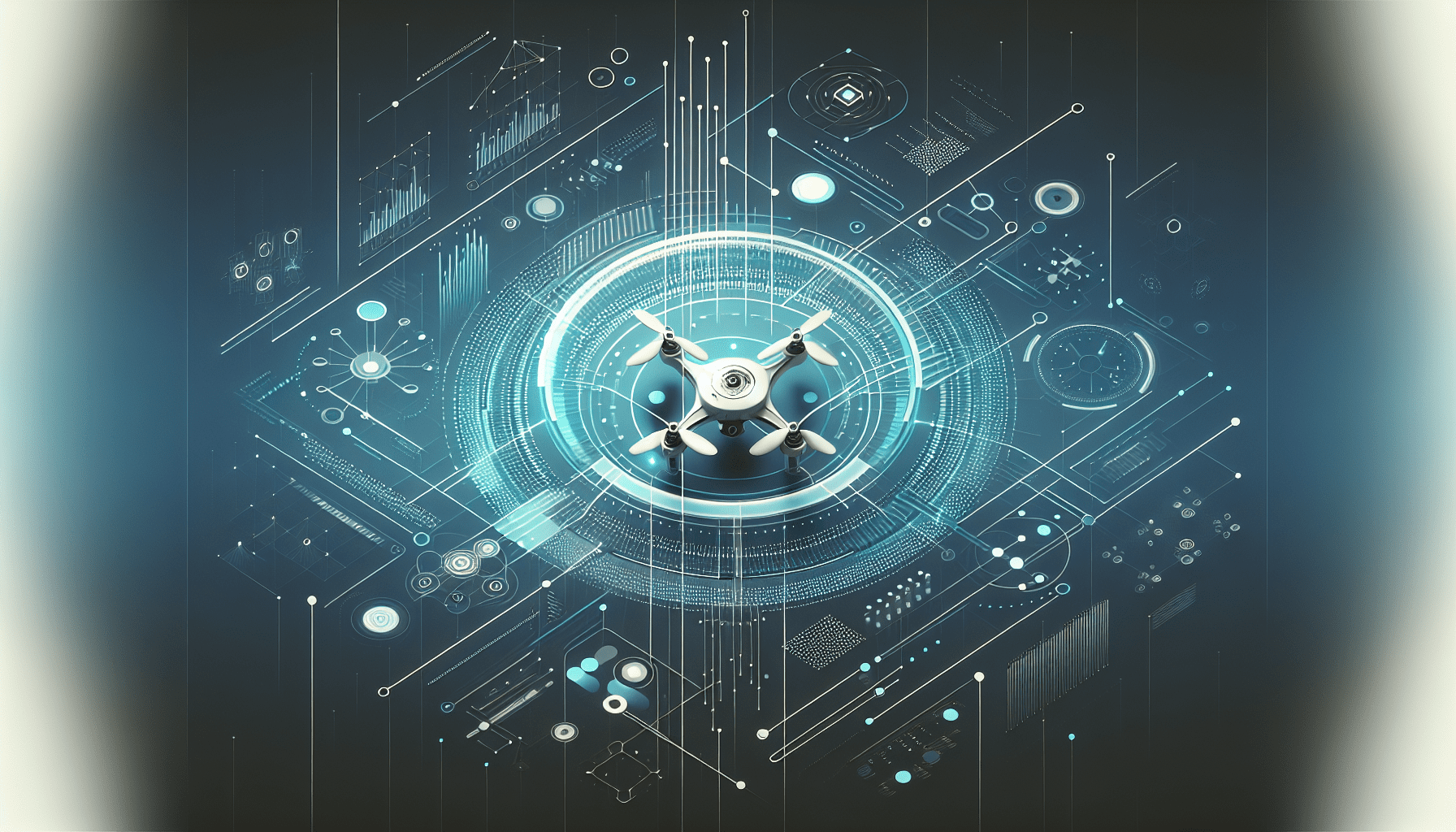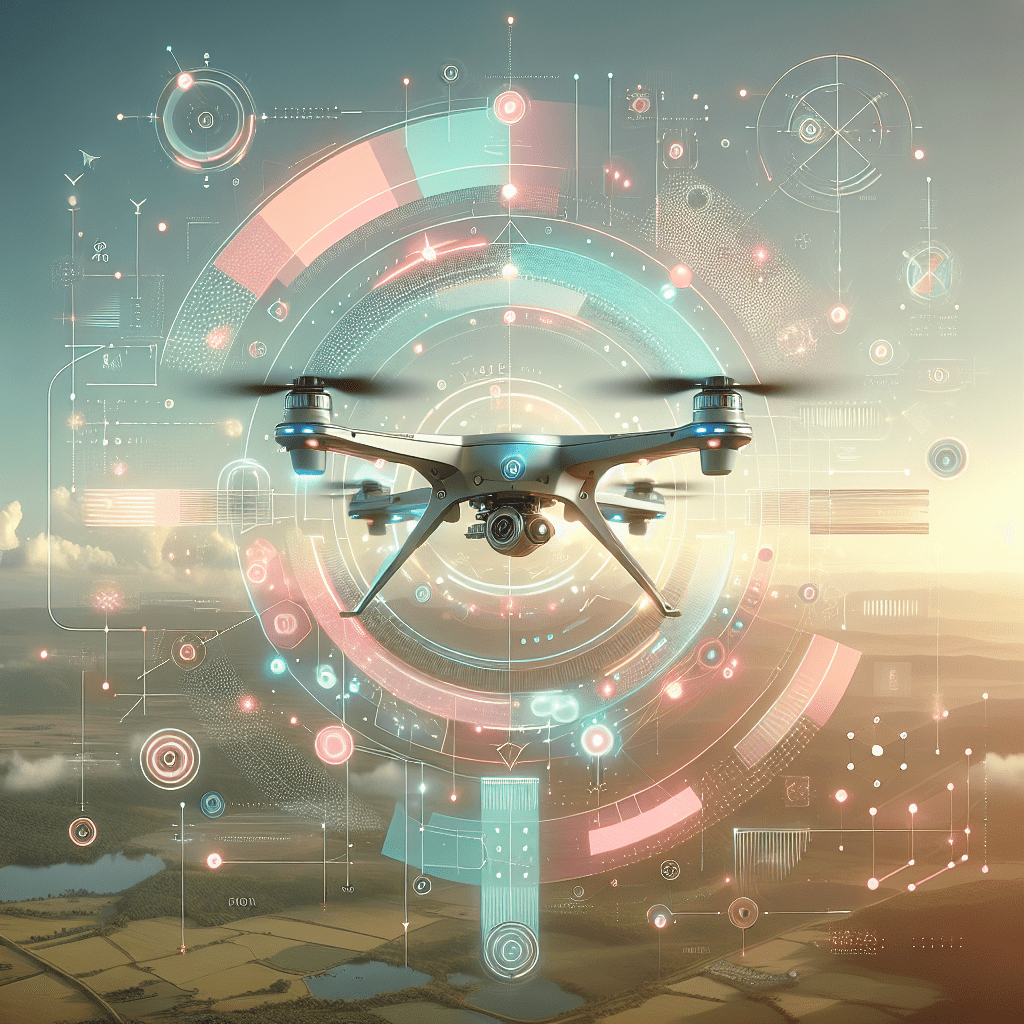Obstacle Avoidance: Smarter, Safer Drone Navigation
In This Article
- Obstacle Avoidance helps drones detect and steer clear of hazards in real-time.
- Multiple sensor types—vision, ultrasonic, infrared—are combined for situational awareness.
- AI and machine learning enable drones to predict and respond to complex scenarios.
- Manual override remains a valuable feature for skilled pilots during emergencies.
- Beginner drones now include robust obstacle avoidance systems for safer learning.
- Industries benefit through fewer collisions, improved data integrity, and extended drone lifespan.
- Future developments promise greater autonomy and collaborative drone operations.
What Is Obstacle Avoidance in Drones?
Understanding the Basics of Safe Drone Navigation
Obstacle Avoidance is a fundamental feature in modern drones that enables them to detect and navigate around potential hazards during flight. At its core, this technology encompasses both hardware—such as sensors—and software, including artificial intelligence (AI) and machine learning (ML) algorithms. The goal is to prevent collisions with static or dynamic objects like trees, buildings, walls, or even other drones.
Initially introduced in high-end drone models, obstacle avoidance features have now trickled down to mid-tier and even budget drones, drastically making aerial navigation more accessible and safer. When a drone is equipped with this technology, it can autonomously adjust its flight path to avoid incoming obstacles, ensuring not only the longevity of the drone itself but also the safety of people and property in its vicinity.
By providing real-time feedback and altering its flight route automatically, the drone creates a kind of digital shield that minimises the likelihood of accidents. This not only enhances drone safety but also opens up broader possibilities in industries such as delivery, surveillance, agriculture, and cinematography.

How Drones Detect Hazards Mid-Flight
Sensor Types Used in Modern Drones
To effectively detect and avoid obstacles, drones rely on a suite of different sensors. Each sensor type contributes unique data that, when fused together, provides a comprehensive 3D map of the environment. Commonly used sensors include Lidar, ultrasonic sensors, stereo vision cameras, infrared (IR) sensors, and Time-of-Flight (ToF) sensors.
For example, stereo vision cameras use two lenses to simulate human binocular vision. They help the drone process depth perception, which is crucial when determining how close or far an obstacle is. Ultrasonic sensors use sound waves to measure distances to nearby objects, and are often utilised for vertical obstacle detection. Infrared sensors detect heat signatures and are especially valuable in low-light or night conditions.
“The most effective drones integrate multiple sensor types to gain a holistic understanding of their surroundings, greatly enhancing their obstacle avoidance capabilities.”
Types of Sensors: Ultrasonic, Vision, & Infrared
Each sensor used in obstacle avoidance fulfils a specific role, and combining them ensures maximum reliability. Ultrasonic sensors are ideal for short distances. They are often placed on the underside of drones to facilitate safer landings and maintain altitude above uneven terrain.
Vision sensors, which include both monocular and stereo cameras, offer high-resolution imagery that can be used for object recognition and tracking. These data are key for AI-based navigation. On the other hand, infrared sensors detect thermal radiation and are extremely useful in scenarios where visual cues may be limited, such as fog, darkness or smoke.
Time-of-Flight sensors operate by measuring how long it takes for a laser or infrared light to bounce off an object and return. These are highly accurate over short ranges and are excellent for fine-manoeuvring around close-proximity obstacles.
Machine Learning & AI in Drone Decision-Making
Artificial intelligence is central to advanced obstacle avoidance systems. Traditional drones may react to obstacles, but AI-driven drones predict and pre-empt risky behaviour. Machine learning algorithms continuously process vast datasets gathered by onboard sensors to ‘learn’ optimal responses to varied environmental challenges.
For instance, an AI-equipped drone can identify and differentiate between a tree branch and a moving vehicle. Over time, it adapts its responses based on previous encounters. This adaptive learning significantly boosts flight safety and efficiency, especially in dynamic environments like urban settings or during adverse weather conditions.
Deep learning models integrated with vision systems allow drones to segment and classify their surroundings. This means avoiding obstacles becomes not just reactive, but predictive. This evolution from rule-based systems to intelligent decision-making is transforming how drones operate autonomously.
Manual Override vs Full Automation: What’s Safer?
Although full automation offers high levels of convenience and safety, allowing for seamless obstacle avoidance, there are scenarios where manual control might still be necessary. For example, complex real-time decisions in rapidly changing environments may temporarily require a human pilot’s intuition.
However, the best drones offer a hybrid model—a manual override function during largely automated flight. This means pilots can take over when needed without switching off the safety features entirely. In critical situations, such as power loss or GPS obstruction, quickly reverting to manual control can prevent crashes.
It’s crucial for drone operators to understand their equipment’s capabilities. While obstacle avoidance is robust, it is not infallible. Environmental factors like high-speed winds, reflective surfaces, or very small wires can sometimes confuse the sensors.
Real-World Obstacle Avoidance Scenarios
In practice, obstacle avoidance technology proves invaluable across a variety of real-world applications. In agriculture, drones navigating between rows of crops use onboard sensors to dodge trees, irrigation equipment, or even livestock.
In urban commercial use, such as package delivery, drones must skilfully navigate dense neighbourhoods lined with lamp posts, cables and moving vehicles. Obstacle avoidance ensures safe delivery routes and mitigates liabilities from potential crashes.
Similarly, in the film industry, drones are flown between buildings or through forests to capture dynamic shots. These tight manoeuvres would be impossible without confidence in advanced collision avoidance systems. Learn more about Drone Security & Safety explores additional use-cases where obstacle avoidance is critical for mission success and equipment safety.
Beginner-Friendly Drones with Obstacle Avoidance
As drone popularity continues to grow, more beginner-friendly models are launching with built-in obstacle avoidance. This development is crucial for newer pilots who may struggle with depth perception or rapid environmental assessment during flight.
Drones like the DJI Mini 3 Pro or the Skydio 2+ use intelligent flight modes combined with real-time collision detection to offer novice users a more forgiving learning curve. These systems can automatically hover, reroute, or return home in case of impending impact.
This means that even without advanced piloting skills, users can enjoy a safer and more controlled flying experience. Many beginner models now feature training modes where the drone slows down and expands its obstacle detection range—a useful feature for building confidence. Read a related article provides detailed reviews of the top entry-level drones with effective safety features.
Top Benefits of Collision Avoidance Technology
Obstacle avoidance offers numerous benefits to drone pilots and the industries that rely on drone technology. Firstly, it extends drone lifespan by reducing crash-related damage. Repairs or replacements due to collisions can be costly and time-consuming, affecting project timelines and budgets.
Secondly, it enhances data integrity. Many drones are used for sensitive tasks like surveying or mapping. A collision mid-mission can result in data loss or corrupted files. With avoidance systems in place, the risk of such losses is minimised.
Thirdly, obstacle avoidance builds operator confidence. Whether a professional or a hobbyist, knowing that your drone has a safety net allows for more daring—and successful—missions. Naturally, this leads to innovation in how drones are used. See how experts explain drone obstacle avoidance systems offers additional insights into how this technology is being utilised across sectors.
Reducing Drone Crash Risks: Tips for Pilots
Despite advancements in obstacle avoidance, safe flying habits still matter. Pilots should start each flight with a checklist to confirm sensor functionality and firmware updates. Ensuring that vision sensors are clean and unobstructed is also crucial for system accuracy.
Fly in open areas when practising or testing new features—especially if your drone’s avoidance system cannot detect fine objects like wires. Adjusting drone sensitivity settings, where available, will help tailor avoidance behaviour according to different scenarios.
Additionally, controlling speed is vital; faster speeds reduce the time a drone has to detect and avoid obstacles. Taking a proactive approach can massively enhance operational safety, even when relying on automated systems.
Future of AI-Driven Obstacle Prevention
The future of drone obstacle avoidance lies in deeper AI integration, where drones not only avoid hazards but also learn the most efficient way to complete complex missions. Next-generation drones will include swarming algorithms, enabling coordinated movement among multiple UAVs, all navigating independently yet cohesively.
We can also expect advancements such as predictive path mapping, where drones anticipate environmental changes and plan alternate routes in real-time. Enhanced computational processing will allow for near-zero-latency decision-making as well.
Moreover, integration with other smart infrastructure—like vehicle-to-drone communication—will further enhance obstacle detection and avoidance in congested spaces. These evolutionary steps promise not only greater autonomy but also broader adoption across sectors, from smart cities to emergency response systems.
Conclusion: Obstacle Avoidance Makes Flying Safer
In summary, obstacle avoidance is a game-changing feature in the domain of unmanned aerial systems. It represents a fusion of sensor technology, AI algorithms, and autonomous logic—all aimed at making drone flights safer, smarter, and more reliable.
Whether you’re capturing footage in tight environments, conducting industrial inspections, or enjoying recreational flying, understanding and utilising obstacle avoidance systems will lead to more successful and stress-free flights. As this technology continues to evolve, the skies will become a safer space for everyone—from hobbyists to commercial operators.
Great guide on obstacle-avoidance-explained-how-drones-keep-you-safe – Community Feedback

